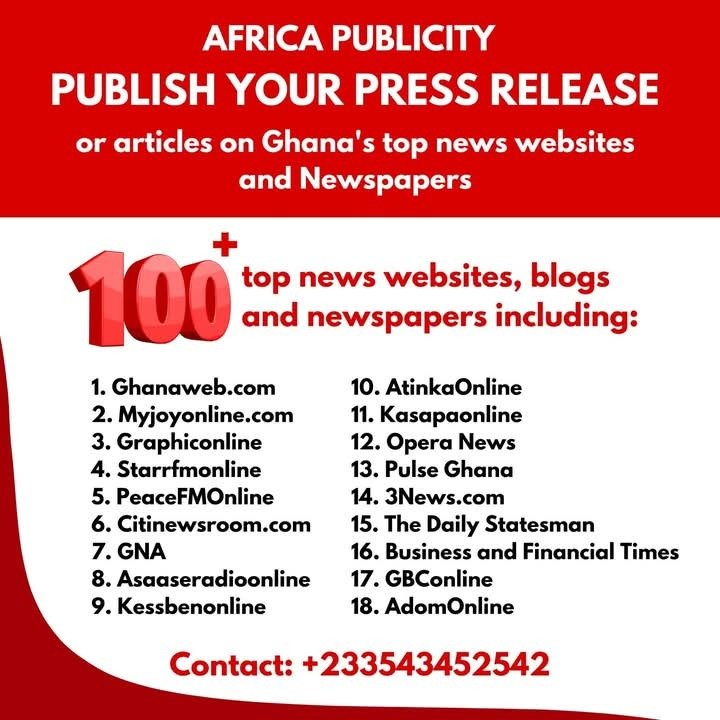By Emmanuel Mihiingo Kaija
When one speaks of mathematical equations, most minds immediately picture symbols on a page: x + y = z, a² + b² = c², or complex algebraic expressions familiar from modern classrooms. Yet, long before European notation existed, African societies were actively solving problems, balancing quantities, and expressing relationships in ways that embody the essence of equations. Pre-colonial mathematics, while often undocumented in the form we now recognize, was both sophisticated and practical, deeply intertwined with daily life, trade, astronomy, architecture, governance, and even spiritual systems. In essence, Africans were constructing and solving relational problems long before formalized symbols existed, proving that the logic of equations is universal and predates any particular culture or writing system.
Early Artifacts: The Ishango Bone and Tally Systems
The Ishango Bone, discovered near the Semliki River in what is today the Democratic Republic of Congo/Uganda border, is one of the earliest known artifacts suggesting mathematical thought. Dated to at least 20,000 years ago, the bone features three columns of notches carved with remarkable deliberation, forming patterns that scholars have interpreted as arithmetic calculations, duplications, or even recognition of prime numbers (Pletser, 2012). Though the markings do not correspond to the symbolic algebra we know today, they reveal that humans were thinking systematically about quantities, relationships, and patterns long before written numerals. These tallies were not abstract; they likely helped track resources, lunar cycles, or trade transactions, demonstrating that equation-like reasoning existed even in prehistoric societies. Similarly, tally systems were widespread across Africa. Communities often used base-5, base-10, or base-20 counting, which demanded an intuitive grasp of addition, subtraction, multiplication, and fractions. Among the Yoruba of Nigeria, numbers were sometimes expressed verbally in relation to others—for example, “40 minus 1” for 39—demonstrating early algebraic reasoning without symbolic notation (Afriklens, 2025). Such verbal constructs exemplify relational thinking, forming the intellectual basis of equations in practical life.
Ancient Egypt: Algebra and Unknowns
Ancient Egypt provides one of the clearest windows into equation-like reasoning in Africa. Documents such as the Berlin Papyrus 6619, dated around 1800 BCE, contain problems that modern interpreters render in algebraic terms, such as:
Find two numbers where the sum of their squares equals 100, and one number is three-quarters of the other.
The solution, translated into modern notation, results in y = 8 and x = 6 (University at Buffalo, n.d.). Egyptians did not employ symbolic variables as we do today, but their approach demonstrates clear algebraic thinking: solving for unknown quantities, manipulating relationships, and applying geometric logic. Their mathematics was deeply practical: it underpinned land surveying after annual Nile floods, construction of monumental architecture like pyramids and temples, and trade accounting. In this context, equations were not merely abstract exercises—they were vital tools for managing societies and sustaining civilizations.
Mathematics in Daily Life and Governance
Beyond inscriptions and manuscripts, pre-colonial African mathematics thrived in daily life, governance, and trade. Merchants calculated proportional exchanges, ensuring fair trade through implicit equations such as: “If I trade three goats for a portion representing twice your remaining goats, how many did you start with?” Farmers divided fields according to inheritance or communal agreements, effectively solving problems like 2A + B = total area. Architects, engineers, and builders relied on ratios and symmetry to design palaces, granaries, mosques, and bridges, where dimensions had to balance perfectly for structural integrity and aesthetic harmony. Astronomers and calendar-keepers observed celestial cycles, predicting eclipses and timing agricultural or ceremonial events. Each of these scenarios demanded relational thinking equivalent to solving an equation: identifying unknowns, balancing quantities, and reasoning proportionally. The mathematics of daily life was thus not separate from societal needs—it was embedded within the very functioning of communities.
Regional Variations and Manuscript Evidence
Across Africa, pre-colonial societies cultivated diverse mathematical practices, each employing equation-like reasoning suited to local environments. The manuscripts of Timbuktu, Mali, for instance, contain detailed algebraic, geometric, and astronomical calculations used in trade, inheritance disputes, and timekeeping (Arts and Culture, 2025). Islamic West African scholars solved linear and quadratic problems, often using oral instruction combined with written calculation. North African engineers applied geometric and proportional reasoning in irrigation systems, urban planning, and monumental construction. Even in oral traditions, communities developed sand-drawing methods and symbolic patterns representing symmetry, cycles, and numeric relationships. Across the continent, the core principles of equations—unknowns, relational logic, and balance—appeared in practice long before they were formally codified in written symbols.
Key Lessons and Observations
1.Relational thinking precedes notation: Formal symbols such as x or y are tools, not prerequisites. Precolonial African societies demonstrated sophisticated equation-like thinking long before symbolic algebra emerged in Europe.
2.Mathematics as cultural practice: Equations arose organically from practical necessity—trade, architecture, astronomy, land measurement, and governance. They were not abstract exercises; they were socially and economically embedded.
3.Diverse systems of thought: From the Ishango Bone to Yoruba base-20 counting and Timbuktu manuscripts, African mathematical reasoning was multifaceted, adaptable, and contextually relevant.
4.Interdisciplinary connections: Mathematical reasoning in Africa intersected with astronomy, engineering, architecture, and art, reflecting a holistic understanding of numbers, space, and patterns.
5.Reclaiming intellectual heritage: Recognizing these contributions challenges Eurocentric histories of mathematics and affirms Africa’s place in the global intellectual tradition.
Conclusion
Equations are fundamentally about relationships, unknowns, and balances. Precolonial African mathematics demonstrates that these concepts were well understood and widely applied across the continent. From tally marks and verbal arithmetic to architectural ratios and manuscript calculations, African societies engaged in complex problem-solving and quantitative reasoning that mirror modern equations. These practices were practical, context-driven, and deeply integrated into societal structures, revealing a rich intellectual heritage that has often been overlooked. Understanding precolonial African equations is not merely an academic exercise; it is a reclamation of knowledge, an acknowledgment of intellectual creativity, and a reminder that mathematics has always been a human, cross-cultural endeavor.
Studying these early systems, we gain more than technical knowledge: we reclaim histories, celebrate human ingenuity, and deepen our appreciation for the diverse ways societies have approached problem-solving and abstract reasoning. The story of precolonial mathematical equations is a story of creativity, necessity, and the universality of human curiosity.
References
1.Baur, Jenny. “Decoding the Ishango Bone: Unveiling Prehistoric Mathematical Art.” arXiv preprint arXiv:2504.06412, 2025. Link
2.Pletser, Vladimir. “Does the Ishango Bone Indicate Knowledge of the Base 12? An Interpretation of a Prehistoric Discovery, the First Mathematical Tool of Humankind.” arXiv preprint arXiv:1204.1019, 2012. Link
3.Huylebrouck, Dirk. Africa and Mathematics: From Colonial Findings Back to the Ishango Rods. Springer, 2019. Link
4.Shirley, Lawrence H. “Mathematics in Africa: From Practical Need to Scholarly Thought.” Research Starters: Mathematics. EBSCO, 2022. Link
5.“Ancient Egyptian Algebra.” Mathematicians of the African Diaspora, University at Buffalo. Link
6.“African Contributions to Mathematics: Before Colonialism.” Afriklens, 2025. Link
7.“The Role of Mathematics in the Peace and Manuscripts of Timbuktu.” Google Arts & Culture, 2025. Link








